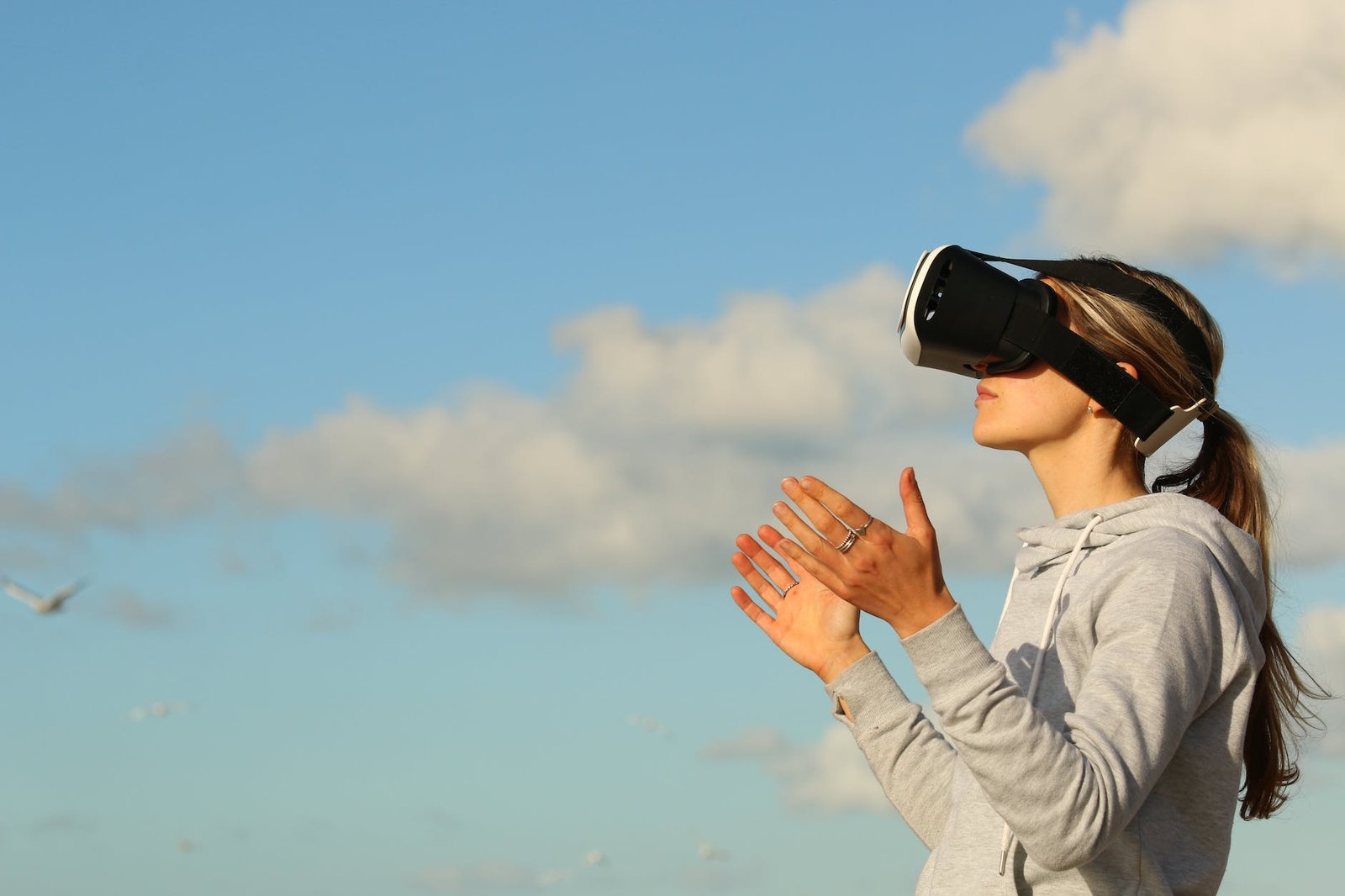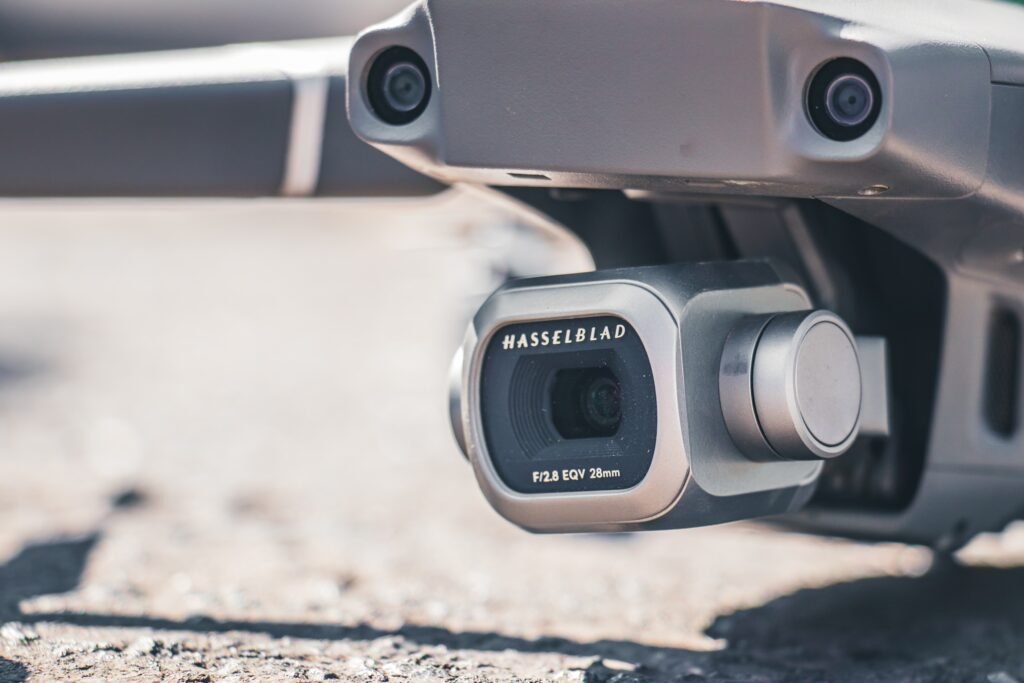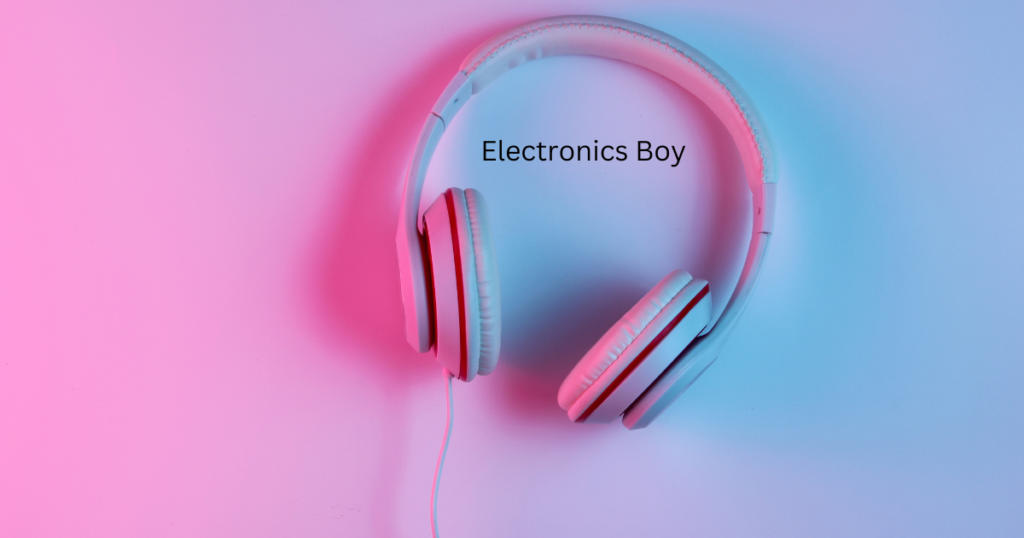
Virtual reality (VR) technology has been gaining popularity in recent years, and it’s no surprise why. With the ability to transport us to new worlds and experiences, VR headsets have truly changed the game. Whether you’re a gaming enthusiast, curious explorer, or simply looking for a new form of entertainment, VR headsets offer endless possibilities and benefits. In this blog post, we’ll delve into the world of VR headsets and explore how they are revolutionizing the way we interact with technology. So buckle up and get ready to step into a whole new world with VR headsets!
Exploring the Concept of VR Headsets: A Brief Overview
Virtual reality (VR) headsets have revolutionized the way we interact with technology, but how do they actually work? VR headsets create a simulated environment that immerses users in a three-dimensional, computer-generated world. They achieve this by tracking the user’s head movements and adjusting the visuals accordingly, giving the illusion of being inside the virtual world.
To understand how VR headsets work, it’s important to know the key components involved. The headset itself is the main hardware, usually worn on the head, that houses the display screens and other sensors. These screens, typically LCD or OLED, provide the visual experience by displaying the virtual world to the user. Additionally, the headset includes lenses that help to create a wide field of view, enhancing the immersion.
Sensors play a crucial role in tracking the user’s head movements. These sensors, such as accelerometers, gyroscopes, and magnetometers, detect the user’s rotation, orientation, and position in space. This information is then sent to the computer or gaming console, which processes it and adjusts the visuals accordingly. This real-time tracking is what makes the virtual experience feel incredibly lifelike and interactive.
The concept of VR headsets is not new, but recent advancements in technology have made them more accessible and affordable. With the increasing popularity of VR, manufacturers have been able to improve the quality of visuals, reduce latency, and develop more comfortable and lightweight headsets. This has made VR more immersive and enjoyable for users, leading to its widespread adoption in various industries.
The Innovative Features and Capabilities of VR Headsets
Virtual reality (VR) headsets have taken technology to a whole new level with their innovative features and capabilities. These headsets are not just a means of entertainment; they offer a truly immersive and interactive experience. One of the key features of VR headsets is their ability to provide a wide field of view, allowing users to feel like they are truly inside the virtual world. The lenses in the headset enhance this experience by creating a sense of depth and dimensionality.
Another remarkable feature of VR headsets is their real-time tracking capability. With the help of sensors, such as accelerometers, gyroscopes, and magnetometers, the headsets are able to detect the user’s head movements accurately. This means that as you turn your head, the visuals adjust accordingly, making the virtual experience incredibly lifelike and realistic. This tracking technology has come a long way in recent years, allowing for smooth and seamless movement within the virtual world.
VR headsets also offer various levels of interactivity, depending on the model. Some headsets have motion controllers that allow users to interact with virtual objects and environments. This adds an extra layer of immersion and engagement, making the experience even more thrilling.
In addition to gaming and entertainment, VR headsets have also found applications in fields such as healthcare, education, and training. They provide a unique platform for simulations and virtual learning experiences. Medical students can practice complex surgeries, soldiers can undergo realistic combat training, and architects can walk through virtual buildings before they are constructed.
Transforming Entertainment: The Role of VR in Gaming and Movies
Virtual reality (VR) technology has not only changed the way we play games and watch movies but has also transformed the entire entertainment industry. With the introduction of VR headsets, gamers and movie enthusiasts can now step into a whole new world of immersive experiences.
In the gaming world, VR has brought a level of realism and interactivity like never before. Instead of controlling a character on a screen, players can now become that character, fully immersed in the game environment. Whether it’s exploring fantasy realms, engaging in intense battles, or solving puzzles in mysterious worlds, VR gaming takes the experience to a whole new level. The ability to physically turn your head and see the virtual world around you creates a sense of presence and makes the gameplay incredibly immersive.
Similarly, VR has revolutionized the movie-watching experience. With VR headsets, viewers can feel like they are part of the movie, not just passive spectators. Imagine being able to sit in the cockpit of a fighter jet, fly through space, or walk through a haunted house, all from the comfort of your own home. VR movies provide a truly immersive and interactive experience, making you feel like you are right in the middle of the action.
Beyond Entertainment: The Wide-Ranging Applications of VR in Various Industries
Virtual reality (VR) technology is not limited to just entertainment; its applications extend to various industries, revolutionizing the way we work, learn, and experience the world. In the field of healthcare, VR has opened up new possibilities for medical training and patient care. Surgeons can now practice complex procedures in virtual simulations, enhancing their skills and reducing the risk during real surgeries. VR has also been used for pain management, helping patients distract themselves from discomfort during procedures or recovery.
In the education sector, VR offers immersive and interactive learning experiences. Students can explore historical landmarks, travel to different countries, and even dissect virtual specimens in biology class. This technology brings subjects to life, making learning engaging and memorable.
Beyond healthcare and education, VR is making waves in architecture and design. Architects can create virtual walkthroughs of buildings, allowing clients to experience spaces before they are built. This not only saves time and resources but also enables better collaboration and decision-making.
The travel and tourism industry has also embraced VR, providing virtual tours of destinations and attractions. This allows potential travelers to explore and experience different locations from the comfort of their own homes, making it easier to plan and make informed decisions.
Advantages of VR: How It’s Revolutionizing Our Daily Lives
Virtual reality (VR) technology is not just a novelty; it has the potential to revolutionize our daily lives in numerous ways. One of the most significant advantages of VR is its ability to transport us to new places and experiences without leaving the comfort of our homes. With VR headsets, we can explore virtual worlds, visit exotic destinations, and even attend events and concerts that may be physically impossible for us to experience otherwise. This opens up a world of possibilities for people with limited mobility or those who simply want to try something new and exciting.
Another advantage of VR is its impact on education and training. VR allows students to engage in immersive and interactive learning experiences, making education more engaging and effective. From virtual science experiments to historical reenactments, VR brings subjects to life in a way that traditional textbooks cannot. In addition, VR provides a safe environment for professionals in various industries to practice and improve their skills. Surgeons can simulate complex surgeries, pilots can undergo realistic flight training, and Advantages of VR: How It’s Revolutionizing Our Daily Livesgineers can test designs in virtual environments.
Furthermore, VR has the potential to improve mental health and well-being. Through VR therapy, individuals can confront and overcome their fears and phobias in a controlled and supportive environment. VR can also be used for stress relief and relaxation, offering virtual environments that promote calm and tranquility.
In the business world, VR can revolutionize collaboration and communication. Remote teams can come together in virtual meeting rooms, where they can interact and collaborate as if they were physically present. This eliminates the limitations of geographical distance and allows for more efficient and effective collaboration.
Precautions to Consider While Using VR Technology
Virtual reality (VR) technology has opened up a world of possibilities, but like any advanced technology, it’s important to take precautions while using VR headsets. Here are some key considerations to keep in mind to ensure a safe and enjoyable experience.
First and foremost, it’s important to be aware of your surroundings when using VR. The immersive nature of VR can make it easy to become disoriented or lose track of your physical surroundings. Before diving into the virtual world, clear the space around you of any potential hazards or obstacles that you may accidentally run into. It’s also a good idea to have a designated area for VR activities to minimize the risk of injury.
Next, make sure to take regular breaks while using VR headsets. Extended periods of use can cause eye strain, dizziness, and discomfort. To prevent this, experts recommend taking a 10-15 minute break every hour or so. Use this time to rest your eyes, stretch, and reorient yourself to the real world.
Additionally, it’s important to use VR headsets responsibly and in moderation. While VR can provide an incredibly immersive experience, it’s essential to remember that it’s not a substitute for real-life interactions and experiences. Spending excessive amounts of time in virtual reality can lead to feelings of isolation and detachment from the real world. Make sure to strike a balance between VR activities and maintaining a healthy social and physical lifestyle.
Lastly, consider any health conditions or sensitivities you may have before using VR. Some individuals may be more susceptible to motion sickness or may have pre-existing conditions that could be exacerbated by VR experiences. If you have any concerns, consult with a healthcare professional before using VR.
Future Trends: What’s Next for Virtual Reality?
Virtual reality (VR) has already made a huge impact on the world of technology and entertainment, but what does the future hold for this groundbreaking technology? As VR continues to evolve and improve, we can expect some exciting trends and developments to shape its future.
One of the major trends we can anticipate is the continued advancement of VR hardware. Manufacturers are constantly working to make headsets lighter, more comfortable, and more affordable. We can expect to see improvements in screen resolution, field of view, and overall performance, leading to an even more immersive and realistic experience.
Another future trend in VR is the integration of augmented reality (AR) and mixed reality (MR) technologies. While VR creates a fully immersive digital world, AR and MR overlay digital content onto the real world. The combination of these technologies will allow users to seamlessly transition between virtual and real environments, opening up a whole new realm of possibilities for both entertainment and practical applications.
In terms of content, we can expect to see a wider range of experiences and genres in VR. Currently, gaming and entertainment dominate the VR landscape, but as the technology becomes more accessible, we will likely see its application in areas such as social networking, education, healthcare, and even virtual tourism. Imagine being able to meet up with friends from across the globe in a virtual space, attend virtual conferences or classes, or even take a virtual vacation to your dream destination.
As VR continues to advance, we can also expect improvements in social interaction and multiplayer experiences. Currently, most VR experiences are solitary, but developers are working on ways to create shared virtual spaces where users can interact with each other in real-time. This will allow for more immersive and collaborative gaming experiences, as well as virtual meetings and events.
Additionally, the development of haptic feedback technology will greatly enhance the VR experience. Haptic feedback provides users with physical sensations in response to virtual interactions, such as feeling the impact of a virtual punch or the texture of a virtual object. This technology will make VR even more immersive and realistic, adding a whole new dimension to the experience.


